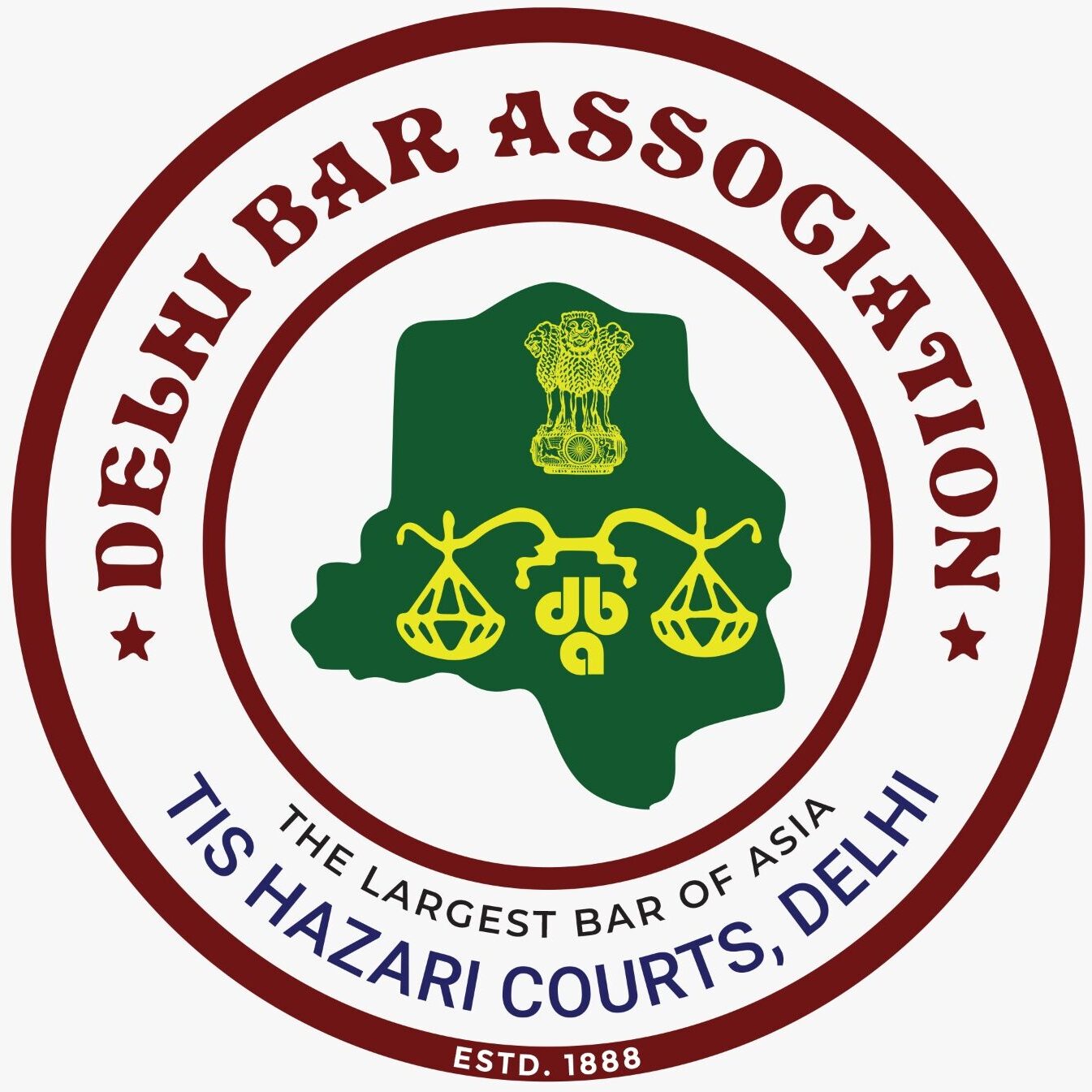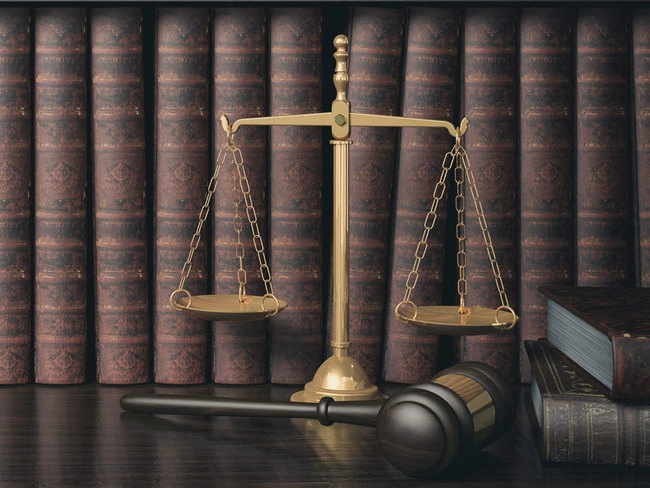The Indian Evidence Act was passed in 1872 by the Imperial Legislative Council during the British Raj. The act consists of a set of rules and issues governing the admissibility of evidence in the Indian courts of Law. It has eleven chapters and 167 sections.
The Indian Penal Code came into force during the British Raj as well, in 1860. It is sub-divided into 23 Chapters comprising of 511 sections. The objective of this act was to provide a general penal code the Indian citizens.
Criminal Procedure Code is the main legislation for the administration of the substantive criminal law in the country. It contains 37 chapters, 484 sections, 56 forms and 2 schedules. The Criminal Procedure Code came into force on April 1, 1974.
These three acts are very vast in themselves but the basics of these acts are quite simple. In order to relate the Evidence Act and Indian Penal Code with the Criminal Procedure Code it is of utmost importance to understand substantive and procedural laws and the difference between the two. Substantive law is the law which creates or defines, duties, obligations, rights and causes of action that can be enforced by the law. Procedural law is the law which actually prescribes the methods and procedures for imposing the rights and the duties for obtaining redressal. Substantive laws answer the questions about how the facts of each case are to be handled, how to penalize or ascertain damages in each case. Procedural law basically refers to the processes through which the case proceeds. Simply put, the procedural laws define the rules with which the substantive laws may be enforced.
CASE LAWS RELATING TO SUBSTANTIVE AND PROCEDURAL LAWS:
Commissioner of Wealth Tax, Meerut vs. Sharvan Kumar Swarup, 1994, 122 (CTR) SC 380– In this case, a crystal clear distinction was made between the procedural laws and the substantive laws. A general rule was made and it was stated that the laws which establish the rights and responsibilities, fix the duties, for natural persons or otherwise are the Substantive Laws, however, the laws which just prescribe the manner in which the rights and responsibilities maybe exercised and enforced in the courts of law are the Procedural Laws.
Thirumalai Chemicals Ltd. Vs Union of India and Others, AIR 2011, SC 1725– In this case, the Supreme Court held that the laws which affect the substantive and the rights of the parties are to be treated Substantive Laws, however any provisions dealing with the form of trial or the procedure of the same are to be treated as Procedural Laws.
So, according to the definitions of both the laws, it is quite clear that The Indian Penal Code, 1860 is a substantive law, whereas the Criminal Procedure Code, 1973 and the Evidence Act, 1872 are Procedural Laws.
In order to relate the Evidence Act with the Criminal Procedure Code it is very important to go in depth and study each and every section of both the acts. A few sections of the Evidence Act that relate to the CrPC are sections 8, 53, 53A, 54 and section 120. The sections of the CrPC which relate to the Evidence Act include Sections 273, 274, 275, 276, 278, 292, 296 and section 299.
Section 8 of the Evidence Act states that any fact which shows or constitutes a motive or preparation for any fact in issue is relevant.
Section 53 of the Evidence Act states that in the criminal proceedings, the fact that the person accused is of a good character, is relevant. This simply relates to the criminal proceedings which are governed by the Criminal Procedure Code, 1973.
If we look at Section 53A, it not only relates to the Criminal Procedure Code but also the Indian Penal Code, the section states that in a prosecution under the offence of Section 354, 354A, 354B, 354C, 354D, 376, 376A, 376A, 376B, 376C, 376D and section 376E of the Indian Penal Code or for an attempt to commit any such offence, where the question of consent is in issue, the evidence of the character of the victim or any other such person’s sexual experience with any other person shall not be relevant on the issue of consent or the quality of consent. This basically deals with the sexual offences, harassment as under the sections of the IPC.
Section 54 of the Indian Evidence Act states that in the criminal proceedings, the fact that the accused person has a bad character is irrelevant but if the evidence has been given that he has a good character, it becomes relevant.
Lastly, Section 120 of the act states that in the criminal proceedings against any person, the husband or wife of such person shall be a competent witness.
Section 273 of the CrPC states that all evidence taken in the course of the trial or other proceeding shall be taken in the presence of the accused or, when his personal attendance is dispensed in the presence of his pleader. However, it is provided that where the evidence of a woman below the age of 18 years who has been alleged to have been subject to rape or any sexual offence is to be recorded, then the court may take appropriate measures to ensure that the woman is not confronted by the accused but also ensuring the right cross-examination of the accused.
Section 274 states that in all the summons-cases, all inquiries under sections 145 to 148, and in all proceedings under section 446 other than in the course of a trial, the Magistrate shall, as the examination of each witness proceeds, make a memorandum of the substance of the evidence in the language of the Court. It is provided that if the Magistrate is not able to make a memorandum, he shall after recording the reason of his inabililty, cause the memorandum to be made in writing or from his dictation.
Section 275 says that in all the warrant-cases tried before a Magistrate, the evidence of each witness shall, be taken down in writing either by the Magistrate or by his dictation in the open Court or, where he is unable to do so owing to a physical or other incapacity, under his direction and superintendence, by an officer of the Court appointed by him in this behalf.
Section 276 states that in all the trials before a Court of Session, the evidence of each witness shall be taken down in writing either by the presiding Judge himself or by his dictation in open Court or under his direction and superintendence, by an officer of the Court appointed by him in this behalf. Such evidence shall ordinarily be taken down in the form of a narrative, but the Judge may, in his discretion take down or cause to be taken down, any part of such evidence in the form of question and answer and the evidence so taken down shall be signed by the presiding Judge and shall form part of the record.
Section 278 states that the as the evidence of each witness taken under sections 275 or 276 is completed, it shall be read over to him in the presence of the accused, if in attendance, or of his pleader, if he appears by pleader, and shall, if necessary, be corrected. If the witness denies the correctness of any part of the evidence when the same is read over to him, the magistrate or presiding Judge may, instead of correcting the evidence, make a memorandum thereon of the objection made to it by the witness and shall add such remarks as he thinks necessary. If the record of the evidence is in a language different from that in which it has been given and the witness does not understand that language, the record shall be interpreted to him in the language in which it was given, or in a language which he understands.
Section 292 states that any document purporting to be a report under the hand of any such officer of any Mint or of any Note Printing Press or of any Security Printing Press or of any Forensic Department or Division of Forensic Science Laboratory or any Government Examiner of Questioned Documents or any State Examiner of Questioned Documents, as the case may be, the Central Government may, by notification, specify in this behalf, upon any matter or thing duly submitted to him for examination and report in the course of any proceeding, may be used as evidence in any inquiry, trial or other proceeding although such officer is not called as a witness.
Section 296 states that the evidence of any person whose evidence is of a formal character may be given by affidavit and may, subject to all just exceptions, be read in evidence in any inquiry, trial or other proceeding and the Court may, if it thinks fit, and shall, on the application of the prosecution or the accused, summon and examine any such person as to the facts contained in his affidavit.
Last but not the least, section 299 states that if it appears that an offence punishable with death or imprisonment for life has been committed by some person or persons unknown, the High Court or the Sessions Judge may direct the Magistrate of the first class to hold an inquiry and examine any witnesses who can give evidence concerning the offence and any depositions so taken may be given in evidence against any person who is subsequently accused of the offence, if the deponent is dead or incapable of giving evidence or beyond the limits of India.
The relation between IPC and CrPC is way simpler than the relation between evidence act and CrPC. Simply put, CrPC defines the powers for courts and the magistrates but the IPC does not. Other than that, IPC states the various crimes and classifies them into different categories, CrPC however, states the procedure that the police take to investigate any crime mentioned under penal laws. Aim of the IPC is to provide a primary penal code for the country, the motive of the CrPC is to provide for binding procedures which must be enacted during the criminal trial.


The way you categorised sections and their refrence is amazing.